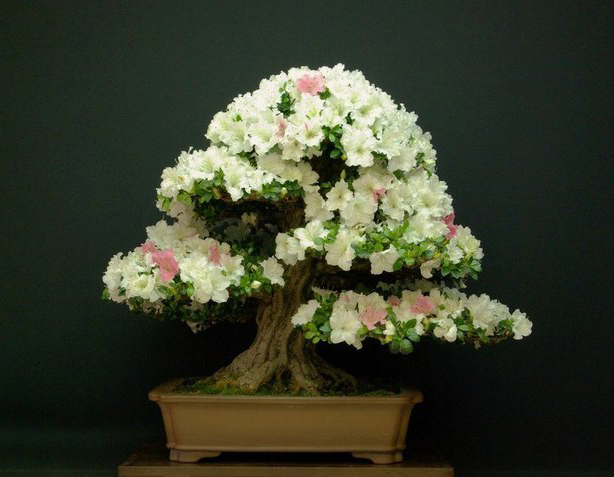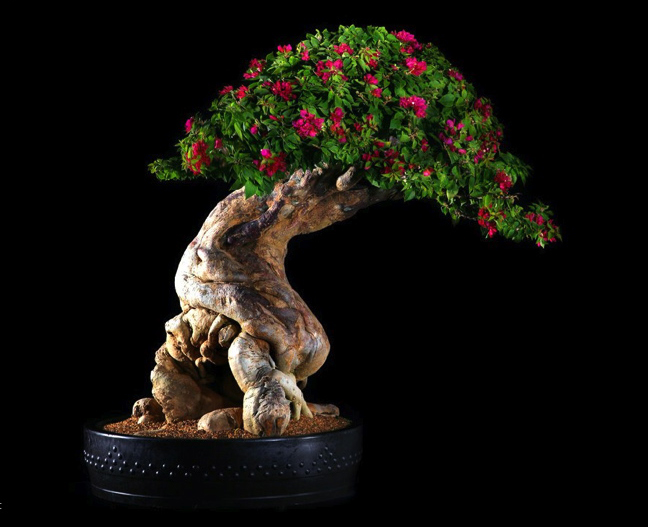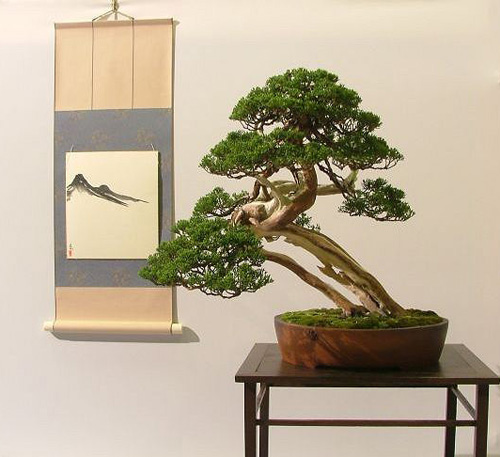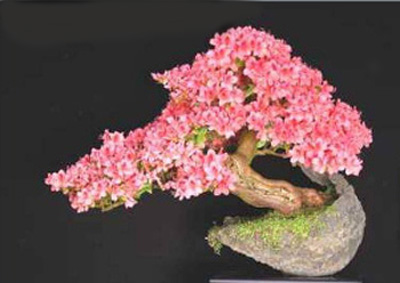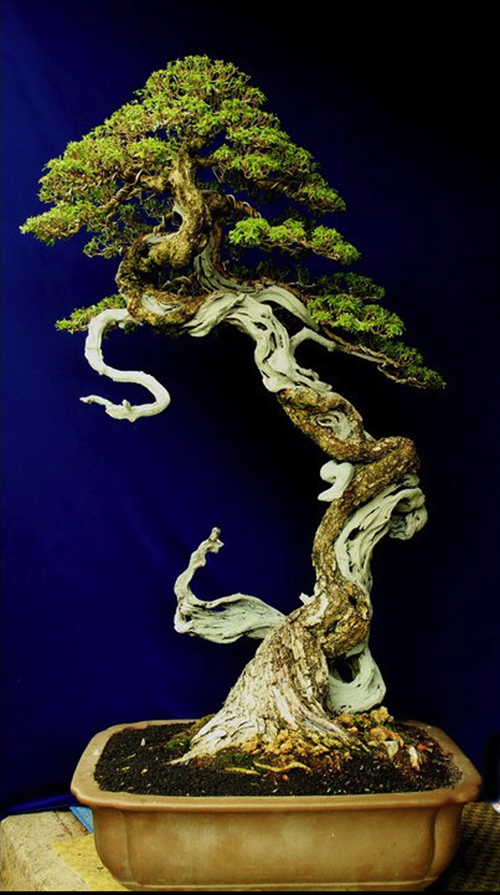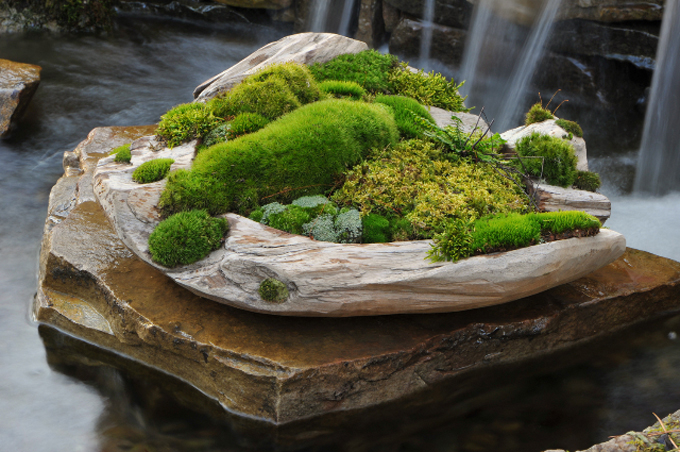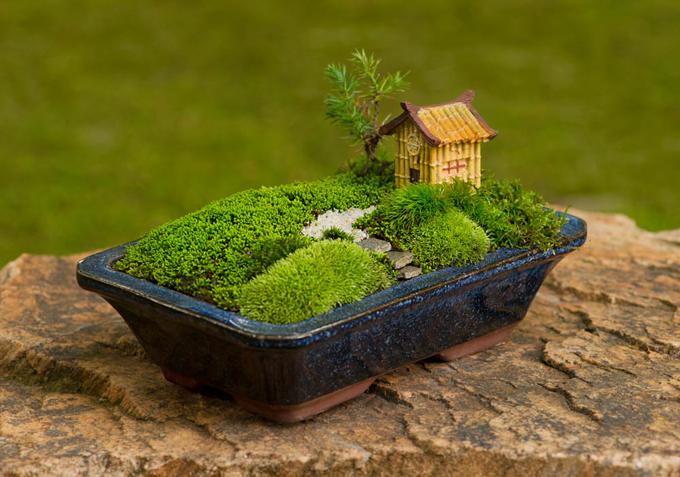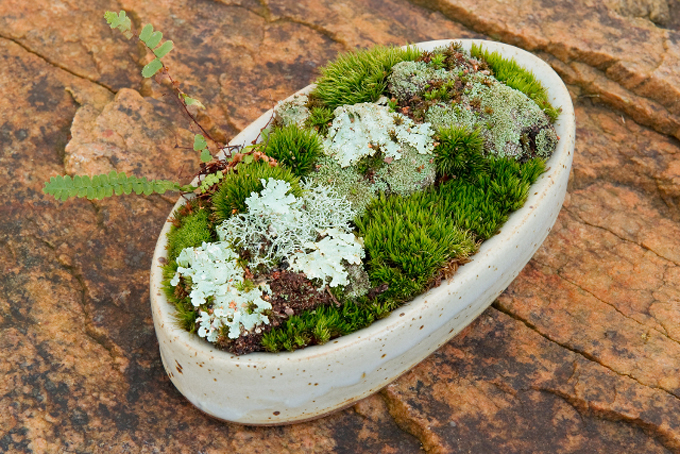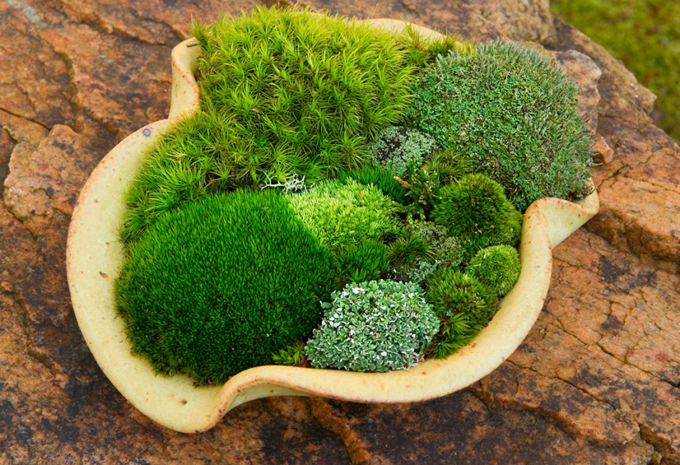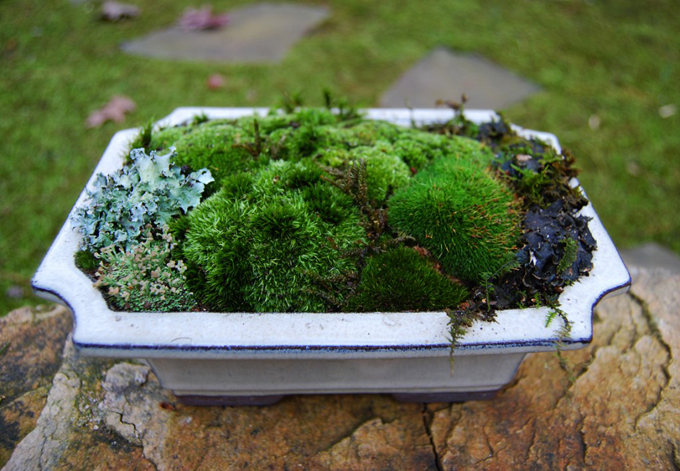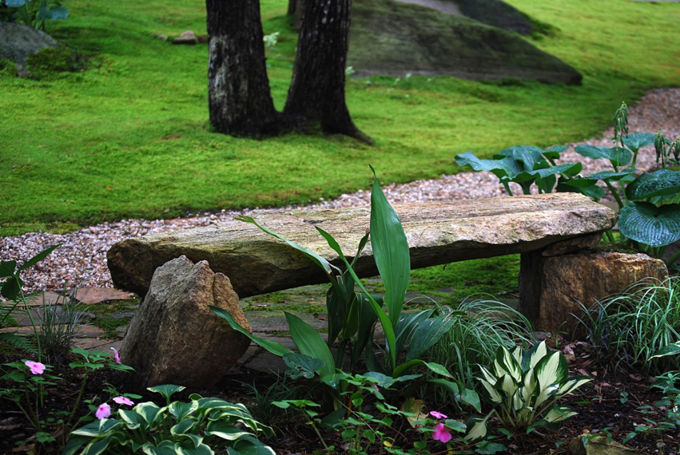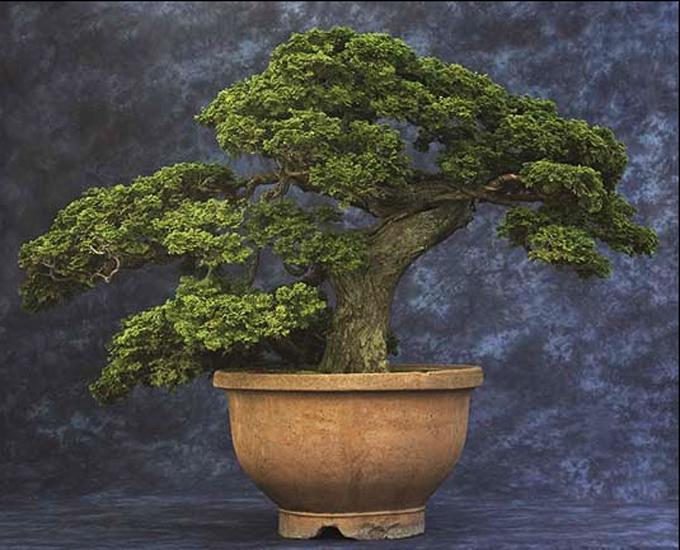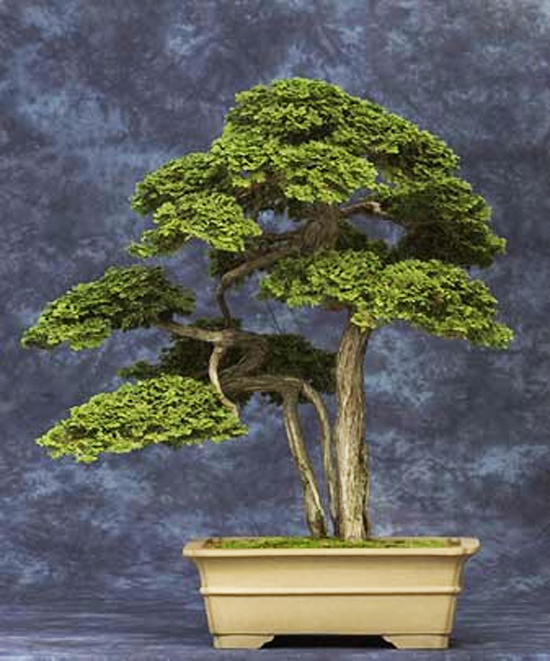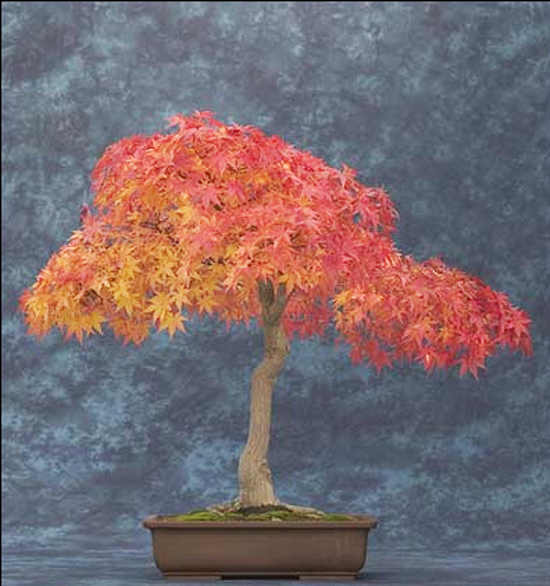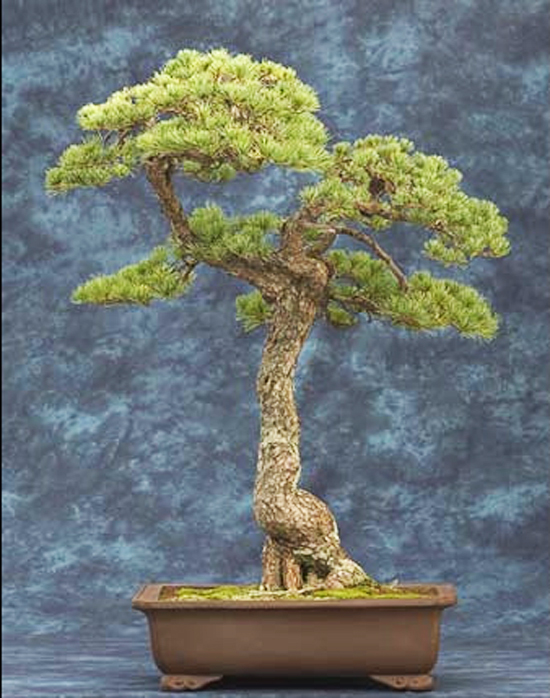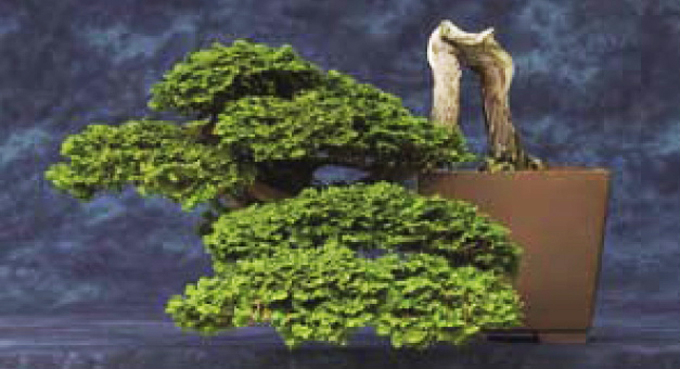Source: Bonsai Tonight
Which way does it go?
I brought my hinoki to a
Bay Island Bonsai workshop last weekend. It was the first time I’d thought much about the tree since I worked on it last year. It had filled in quite a bit and I wanted to give it some attention. I also had yet to decide what tree I’d be showing at BIB’s upcoming exhibit in January. Boon and I looked at the tree briefly and figured it was close enough to ready for exhibit. As is so often the case, I’d prefer wait a few more years before showing the tree again, but decided, ultimately, that it would be fun to show it at next year’s exhibit and then again in two years when it’s further along.
I first showed the tree at
BIB’s inaugural exhibit in 2000. Every few years I remove the lowest branches and re-style the remaining foliage. Between exhibits, the tree has a chance to fill in a bit. To keep the tree full for next January’s exhibit, I don’t want to remove much foliage. For this workshop, I simply removed the yellow and brown foliage and started thinking about the tree’s silhouette.
Hinoki – summer 2011
Old and new foliage
Old foliage removed
Cleaning up the old foliage made it clear that the tree was full enough to show. But what struck me, is the direction of the tree.
I asked others in the workshop what they thought. Some suggested the tree points to the right. I think the lowest branch on the right does point to the right, and I desire for the tree to point right. I’d argue, however, that the apex points decidedly to the left. To create balance, the key branch must point in the same direction as the apex. This tree is close to balanced, but not quite there yet.
Hinoki – which way does it go?
I noticed, as I looked closely at the tree, that as I rotate it to the right, the direction of the apex shifts from left to right.
Apex left, key branch right
Neutral
Apex beginning to point to the right
Although the tree’s silhouette looks pretty good from this angle, it’s not a suitable front for the tree as the key branch points away from the viewer. The photo is useful, however, because it suggests to me how to style the branches and apex to create balance.
Do all of these shots look the same? Are some angles more interesting than others? Am I being picky? Good questions! I’m hoping to re-set the branches before exhibit to improve the tree’s balance. Not all of the tree’s branches are long enough for me to create the silhouette I’m looking for, but I can get closer to my ideal ahead of the exhibit. Time for more wiring!
Read more!




















